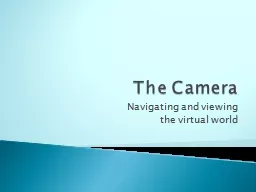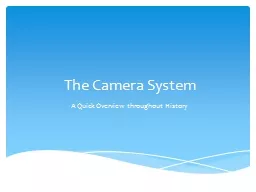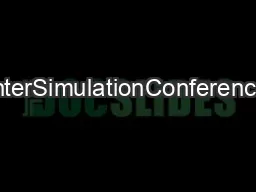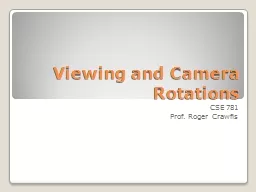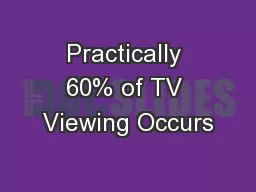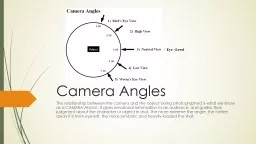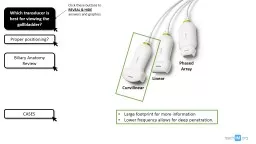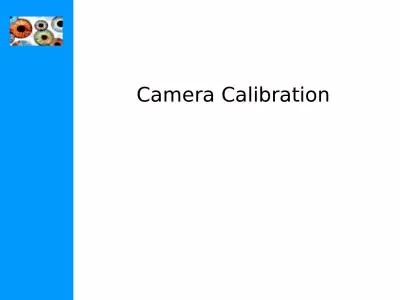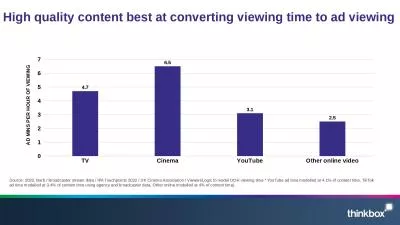PPT-The Camera Navigating and viewing
Author : kittie-lecroy | Published Date : 2019-11-21
The Camera Navigating and viewing the virtual world Camera properties and definition Perspective transformation Quaternion transforms for changing camera Road Map
Presentation Embed Code
Download Presentation
Download Presentation The PPT/PDF document "The Camera Navigating and viewing" is the property of its rightful owner. Permission is granted to download and print the materials on this website for personal, non-commercial use only, and to display it on your personal computer provided you do not modify the materials and that you retain all copyright notices contained in the materials. By downloading content from our website, you accept the terms of this agreement.
The Camera Navigating and viewing: Transcript
Download Rules Of Document
"The Camera Navigating and viewing"The content belongs to its owner. You may download and print it for personal use, without modification, and keep all copyright notices. By downloading, you agree to these terms.
Related Documents

